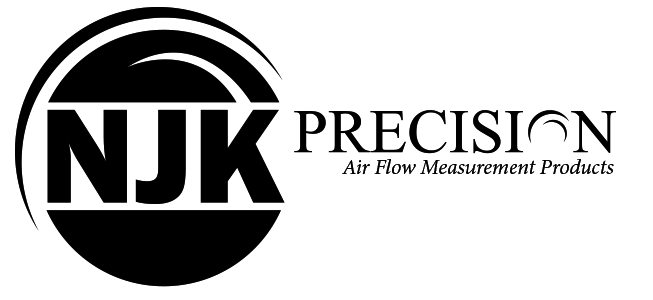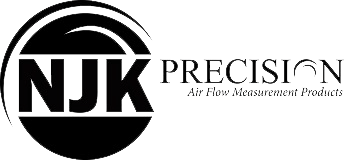NJK AND ALLERGENS
THE IMPORTANCE OF MEASURING AND MANAGING AIRFLOW FOR
ALLERGENS AND AIRBORNE PARTICLES

Allergens are all around us. They are an omnipresent threat everywhere we go—an average adult breaths 15,000 liters of air every single day. Breathing polluted air can get harmful allergens into our lungs, where they enter the bloodstream and can trigger severe allergic reactions, causing the immune system to fight off a perceived threat.
Allergic reactions, even mild ones, can cause dizziness, difficulty breathing, and other debilitating problems. In many people, these types of sensitivities can begin as mild but get worse with prolonged exposure. Continual contact or periodic episodes of intense exposure can cause stronger symptoms as time passes. Untreated allergies can cause infection and discomfort to exposed tissue and long-term complications.
Allergens can hide anywhere, getting trapped in tightly insulated and poorly ventilated office buildings, homes, restaurants, hotel rooms, apartment complexes, and other buildings. One of the best ways to fight allergens in the air is to ensure proper airflow within the building. Often, building owners and operators are unaware of improper airflow in their ductwork or other parts of their facilities. Small leaks with low flows can go unnoticed for years while allowing allergens to enter and accumulate in a building.
This guide explains how NJK Precision measurement technologies can help manage airflow and maintain healthy spaces and reduce allergens without breaking the bank or totally restructuring buildings.

